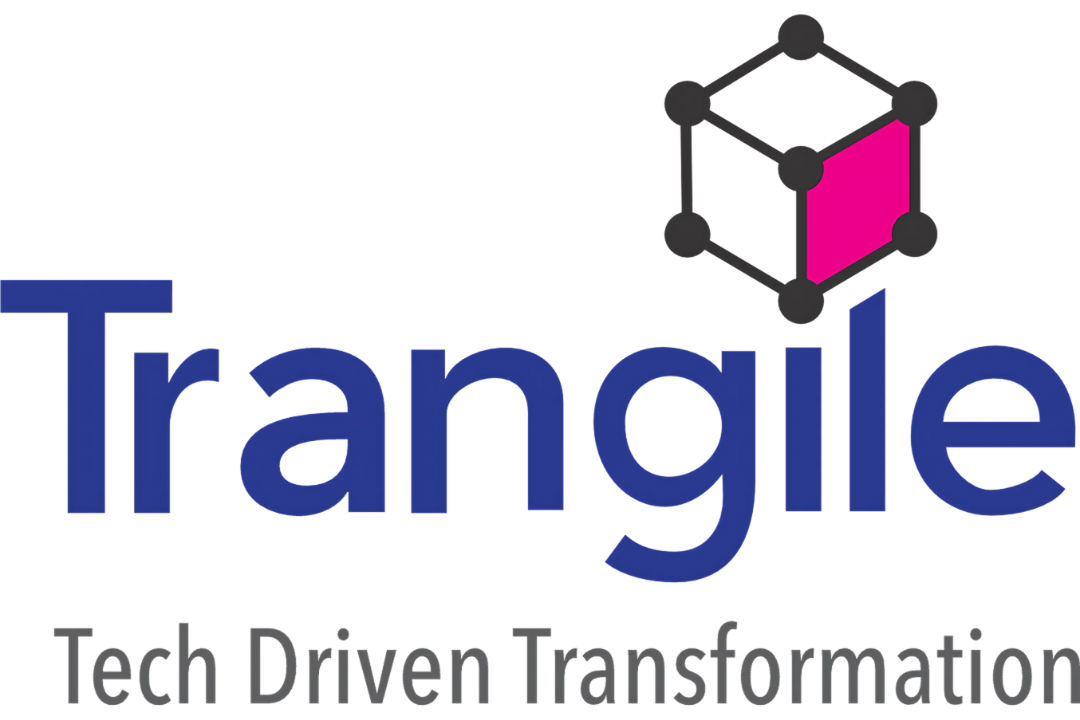There was a lot of favorable publicity about robotic process automation (RPA) in the press this year, and its popularity only grew in 2019. Increased awareness of RPA and its potential applications has led to a surge in the number of businesses to boost productivity. Considering the widespread use of RPA, now is a great moment to reflect on the technology’s impact on business process automation.
Automating mundane, time-consuming operations got made possible with the help of Robotic Process Automation. It is a technology that simulates the behaviors of a human worker to complete robotic versions of these chores. The goal of RPA is to facilitate work for people and reduce costs.
To automate corporate operations, RPA uses software robots, or “bots,” to carry out work that people would undertake. A broad variety of functions, from data input to document processing, are within the programmable capabilities of these bots.
What is RPA?
The term “robotic process automation” refers to a technique in which a computer software or application, often known as a “robot,” replaces human labor on repetitive activities.
As a result of RPA, workers were made available for other, equally important tasks inside the business. Robots, like people, may utilize a graphical user interface (GUI) to access data and manipulate programs. During their daily operations, they may process information, set off responses, and communicate with other devices. Additionally, it’s important to remember that RPA software is flawless and reliable in any situation.
RPA is sometimes misconstrued as CI despite a vast chasm between the two. RPA focuses on automating routine processes that don’t need complex thought. Robotic process automation (RPA) got used for jobs that may get reduced to following a predetermined set of rules or instructions. Cognitive automation gets employed in places where human intelligence gets required. Such as in the processing of natural language, the making of judgments, the establishing of context, and the provision of deeper insights.
Which advantages does RPA provide for companies?
As a result of RPA, workflows may become more efficient. It increases efficiency, adaptability, and responsiveness within a company. Having less routine work daily also improves employee happiness, motivation, and output.
Robotic process automation (RPA) is a quick and painless way to speed up digital transformation. And it works great for automating processes involving legacy systems without application programming interfaces (APIs), VDIs, or database access.
There are several reasons why firms should use RPA (Robotic Process Automation), such as:
- RPA improves productivity by automating mundane operations so that workers may dedicate their time to more strategic initiatives.
- Errors got decreased due to RPA since it operates under established protocols.
- Businesses may save money thanks to RPA since it helps them save on labor expenses while increasing productivity.
- By automating compliance-related activities, RPA may improve conformity to rules and norms.
- Accuracy improved because RPA can automate data input and other processes that depend on precision.
- Consumer service improved because RPA can automate repetitive processes like replying to customer questions.
- RPA can run around the clock, helping to boost productivity and service availability.
- RPA may get expanded or contracted with little effort to match the fluctuating demands of any given organization.
Now let’s look at some important points on how RPA can help businesses and evaluate those points. Among the many advantages of implementing RPA, these are among the most crucial.
- Fairness and Responsibility
RPA helps businesses save time and money while enhancing service and process delivery by automating rule-based processes. Robotic process automation (RPA) improves process accuracy and introduces process transparency and accountability.
- The Operational and Strategic Management of Information Technology
Infrastructure and operations management in information technology can take time and effort. Using RPA, IT departments can track their systems and processes more. As a result, IT departments can better plan how to divide their resources.
- Security and Risk Management that is Proactive
Automation software like RPA can help businesses conduct thorough, preventative audits of all their business processes. And also foresee potential risks, allowing them to take measures to secure their operations better.
- Customized Services for Your Clients
The importance of the client experience has only grown in the modern age of consumerism. RPA offers shorter problem resolution times and individualized user experiences by automating customer care operations. And also interactions using cutting-edge technology like chatbots.
In what ways may businesses best take use of RPA?
To reap the benefits of RPA for your organization, you must first ensure that it is designed appropriately, planned thoroughly, and governed effectively. With the help of extra intelligent technologies like AI, ML, NLP, and voice recognition, contemporary enterprises can get even more out of their RPA efforts. And your company enjoys even larger benefits from intelligent automation. But keep robotic process automation distinct from AI (AI). The key distinction is that RPA can only automate operations with structured input and needs human involvement. At the same time, AI takes autonomous functioning to a new level by being taught to reason about and make sense of unstructured data.
Methods for Putting Robotic Process Automation to Work:
While RPA is appealing, not all companies have implemented it effectively. Mostly, they need to find the proper RPA technology for their needs. Or the right provider to assist them in implementing the plan.
Wrapping Up:
To summarize, Robotic Process Automation (RPA) is a tool that helps companies automate mundane, repetitive operations by simulating how humans do them. It is useful for increasing productivity while decreasing waste and overhead. One primary example is that RPA helps automate business processes by employing software robots or “bots” to execute jobs that people would otherwise do. Furthermore, RPA may be used with other tools to increase automation and productivity. Improved customer care and support, as well as enhanced compliance and security, are all possible thanks to robotic process automation.
Are you ready to take advantage of the RPA’s best aspects? Get started with Trangile right now.We’re here to help. Get in Touch with Us














